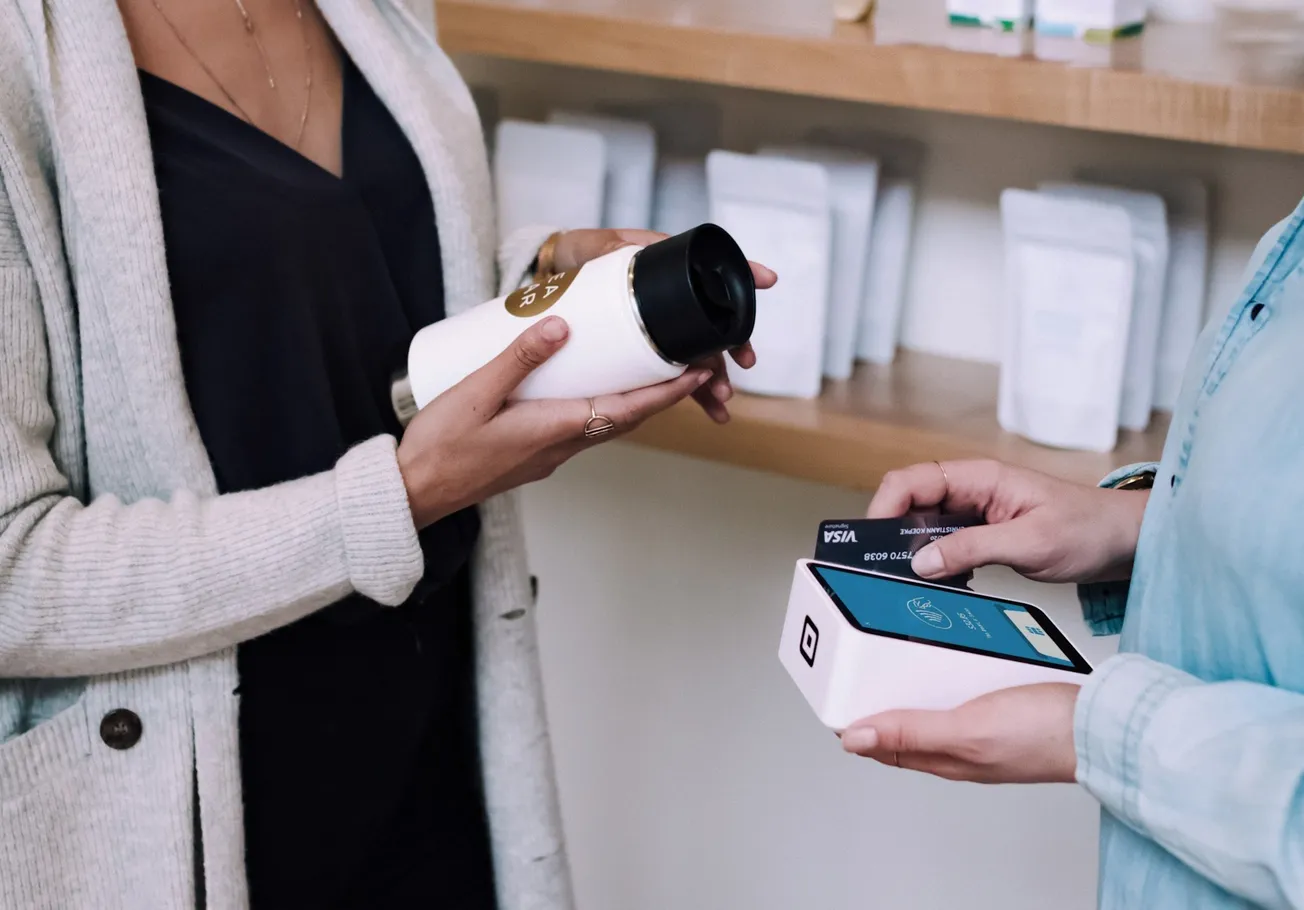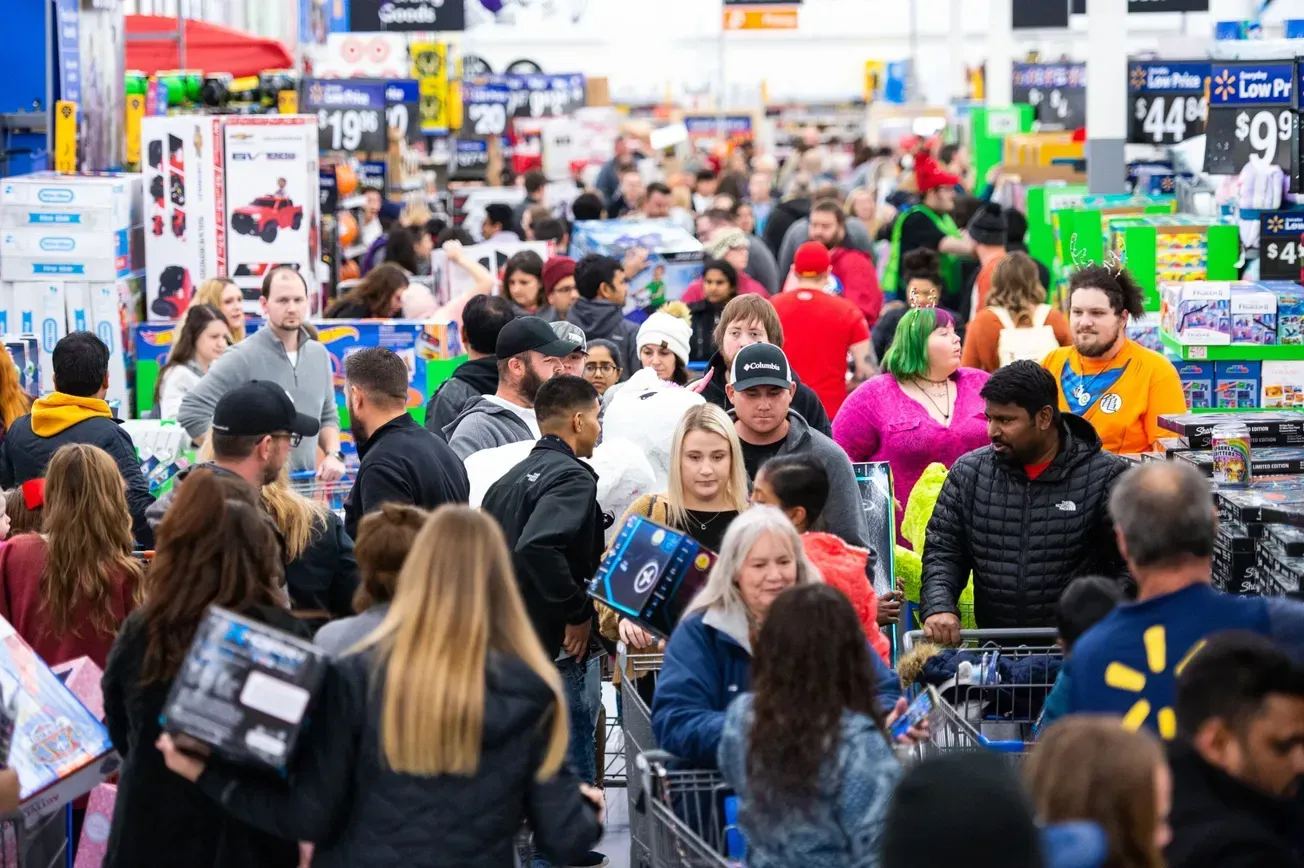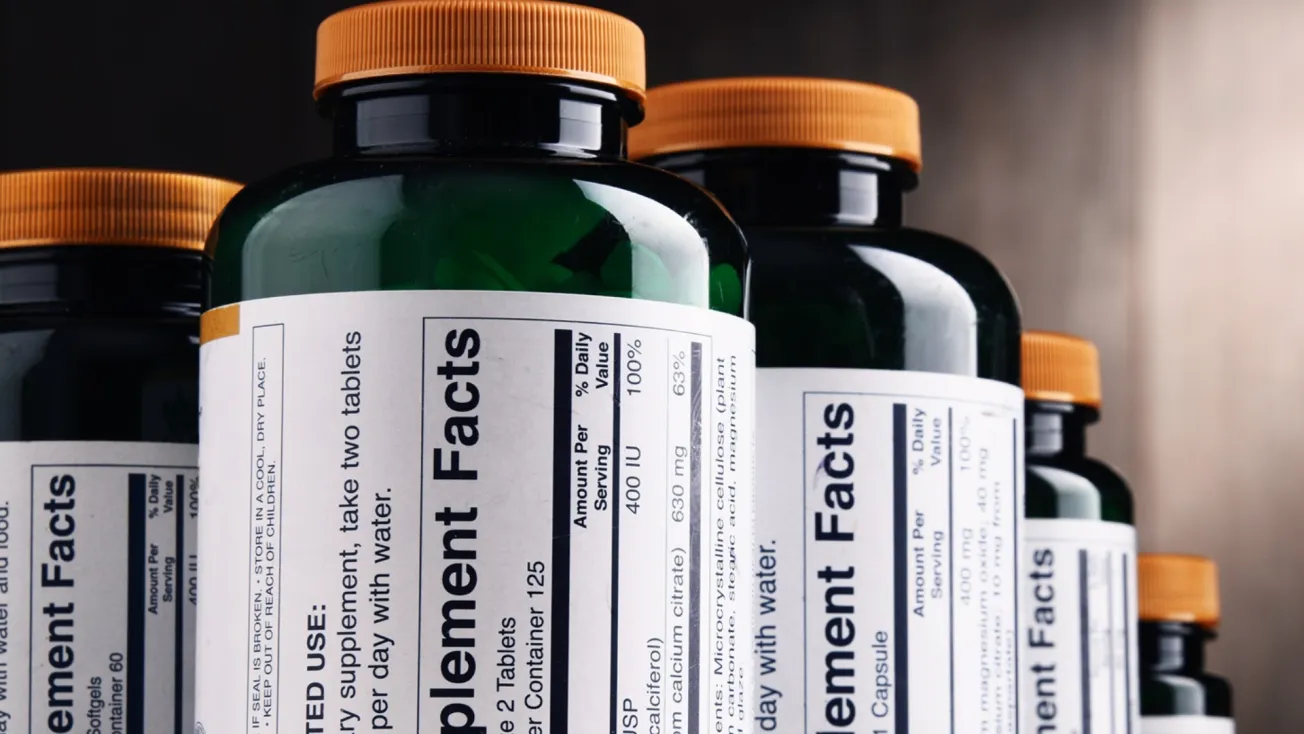The rise of GLP-1 medications like Ozempic, Wegovy and now Zepbound is transforming consumer behavior, reshaping waistlines and the contents of people’s shopping carts. And new data from Kantar suggests that these drugs are not only changing what consumers buy, but where they shop.
In its latest quarterly study of GLP-1 users, Kantar found that Walmart is the main beneficiary of this trend. Among respondents who began taking a GLP-1 in 2024, 34% said they now shop more often at Walmart, and 30% said Walmart has become their preferred shopping destination.
Why the shift? It’s not just about Walmart’s low prices and broad assortment. While value remains important (especially among non-switchers), Kantar reports that for those who changed retailers, the most significant driver was health and wellness services, followed by the assortment of health-focused products and the overall in-store experience. These shoppers want support, guidance and environments that make healthy decisions easier.
Kantar’s research suggests that GLP-1 users are reshaping what loyalty looks like in today’s marketplace, and they are willing to switch retailers to support their new way of life.
For companies that aren’t already thinking about this, now might be a good time to start. Last year the Food and Drug Administration approved the first generic GLP-1 — Victoza (liraglutide), which is manufactured by Novo Nordisk and sold by Hikma Pharmaceuticals. This launch in June came shortly after the resolution of supply issues for Zepbound, another major GLP-1 drug. And the first generic version of the lesser-known Byetta (Exenatide) was approved last November. Plus the telehealth brand Hims & Hers Health plans to bring affordable liraglutide to market this year.
As generics gain traction, Kantar expects the number of GLP-1 users to rise exponentially. With more FDA-approved options available and fewer patients relying on compounded alternatives, these medications are set to reach a broader — and more diverse — consumer base.
As usage increases, so too will the number of shoppers who are reevaluating where they spend their time and money. And the impacts are meaningful. According to a joint study from Cornell and Numerator, GLP-1 households spend over 6% to 9% less on groceries in the first six months, with the declines coming mainly from calorie-dense processed foods like savory snacks (down 11%) and sweet bakery items.
Major consumer packaged goods brands are already adapting. Conagra has begun labeling certain frozen products as “GLP-1 friendly.” Danone North America, which is benefiting from surging yogurt sales among GLP-1-using households, has an educational website that also promotes its products as GLP-1 friendly.
Kantar’s research suggests that Walmart is not the only retailer gaining business from people who start taking GLP-1 medications. Stop & Shop and Food Lion also saw meaningful traffic gains, as has CVS.
Not all GLP-1 users are the same and, in fact, Kantar’s research has identified four different personas, each with unique goals and motivations. But they are all growing in number, and many are highly motivated by a newfound sense of agency. And Kantar’s study found that about 47% of users report that their go-to retailer has changed since they started taking GLP-1s. Retailers who don’t pay attention may find that it’s their customer base that’s getting thinner.










